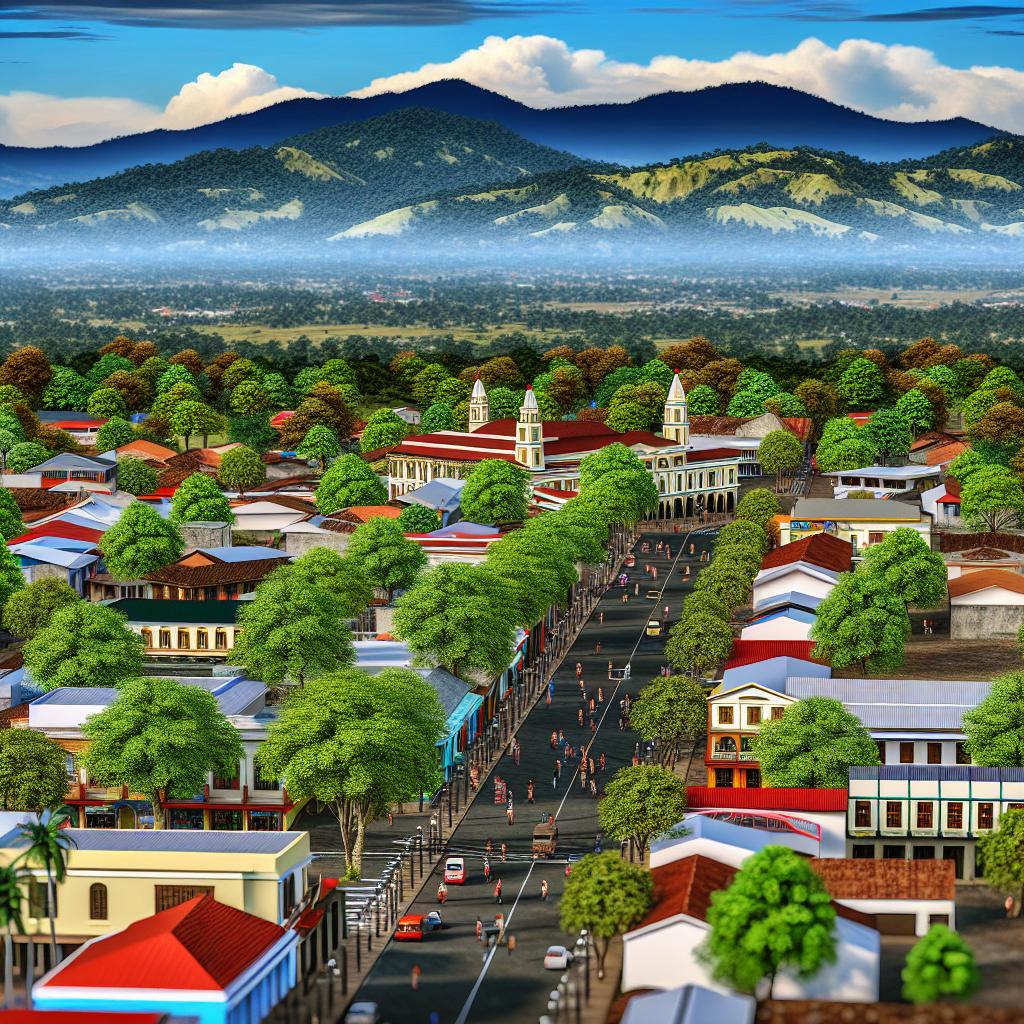Contents
Introduction to Alajuela
Alajuela is the second-largest city in Costa Rica and serves as the capital of Alajuela Province. Known for its pleasant climate and proximity to the country’s capital, San José, Alajuela offers a unique blend of urban amenities and lush natural surroundings. The city is situated in the Central Valley, which makes it a convenient location for those looking to explore different parts of Costa Rica. Its strategic location acts as a perfect base for travelers and locals alike, willing to delve into the diverse landscapes and cultural experiences the country has to offer.
Geographical Significance
Located just 20 kilometers northwest of San José, Alajuela boasts a strategic location that serves as a gateway to various destinations in Costa Rica. Its proximity to the Juan Santamaría International Airport makes it a popular stopover for tourists. The airport is named after the national hero born in Alajuela, emphasizing the city’s historical importance. Besides facilitating international travel, the city is well-placed for those looking to visit the Pacific coast or the interior mountains, offering a diverse set of possibilities for travel enthusiasts.
Climate
Alajuela enjoys a tropical climate, characterized by a dry season from December to April and a rainy season from May to November. The climate is generally milder than in coastal areas, making it a comfortable destination year-round. Its elevation at about 952 meters (3,123 feet) above sea level contributes to its temperate conditions. These mild conditions make it an ideal environment for both living and visiting, as it allows for varied agricultural products and outdoor activities without the extremes of more coastal or inland regions.
Economy
Traditionally an agrarian economy, Alajuela has diversified its economic activities over the years. The city has a vibrant agricultural sector that includes the production of coffee, sugarcane, and fruits. Additionally, Alajuela hosts several manufacturing facilities, particularly in electronics and medical devices. This economic mix provides stability and growth opportunities for local and international businesses. Over time, this economic diversity has not only contributed to the prosperity of Alajuela but also served as a gateway for international trades, bringing in investments and enhancing infrastructure.
Points of Interest
Alajuela is home to several notable attractions that reflect its rich history and natural beauty:
– Parque Central: This central park is a focal point for community gatherings and cultural events. It is surrounded by important landmarks such as the Cathedral of Alajuela, offering a glimpse into the city’s colonial past.
– Zoo Ave: A popular location for wildlife enthusiasts, Zoo Ave focuses on the conservation and rehabilitation of native species. It offers an opportunity to see animals up close while promoting environmental education.
– Poás Volcano National Park: Located a short drive from the city, the park features one of the country’s most active volcanoes, Poás. Hiking trails and observation points provide exceptional views of the crater and surrounding areas.
Education and Health Services
Alajuela hosts a variety of educational institutions, ranging from primary schools to universities. It also includes technical training centers that cater to various vocational fields. Education is a vital part of the city, with continuous efforts in promoting learning and research. Health services in the city are comprehensive, with both public and private hospitals offering a wide range of medical services. The regional hospital, Hospital San Rafael, is renowned for providing quality healthcare. These services ensure that the residents of Alajuela have access to essential amenities for a high quality of life.
Transportation
Transportation options in Alajuela are abundant. The city is well-connected by a network of roads, making travel convenient both within the city and to external locations. Public buses offer an affordable way to travel around the city, while numerous car rental agencies operate in and around the airport for those who prefer driving. This ease of transportation supports both the daily commutes of residents as well as accommodating the flux of tourists venturing to and from the area.
Cultural Significance
Alajuela is rich in cultural heritage and traditions. It is known for the annual celebration of Juan Santamaría Day on April 11th, commemorating the hero’s contribution to defeating the invading forces in the mid-19th century. The city’s cultural calendar is packed with events that showcase its artistry, music, and cuisine. This adds a layer of depth to the city, making it not just a place to visit for its sights, but also for its vibrant cultural pulse.
Impact of Earthquakes
Alajuela, like much of Costa Rica, is located in a seismically active region, which means the city experiences earthquakes from time to time. The geological activity is due to the movement of tectonic plates in the region. While these natural events pose certain challenges, they are also a part of life that the city inhabitants have adapted to over time. Over the years, the impact of earthquakes has influenced building codes and urban planning, ensuring structures are developed with resilience in mind.
Understanding the potential risks led to improvements in disaster preparedness and response strategies. The local government and organizations have worked diligently to implement comprehensive response plans that include public education on earthquake safety protocols, preparation exercises, and regular updates to emergency procedures. These initiatives help minimize the risk to human life and property, making Alajuela a safer city despite the natural geophysical challenges it faces.
Conclusion
With its favorable location, mild climate, and rich cultural history, Alajuela stands as an important city in Costa Rica. Whether one is interested in exploring its natural wonders, engaging in economic opportunities, or delving into its cultural fabric, Alajuela offers a diverse range of experiences. The city’s adaptation to challenges such as seismic activity further demonstrates its resilience and commitment to providing a stable, welcoming environment for residents and visitors alike. For more information, one could explore the official Costa Rica tourism website.
